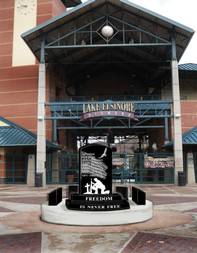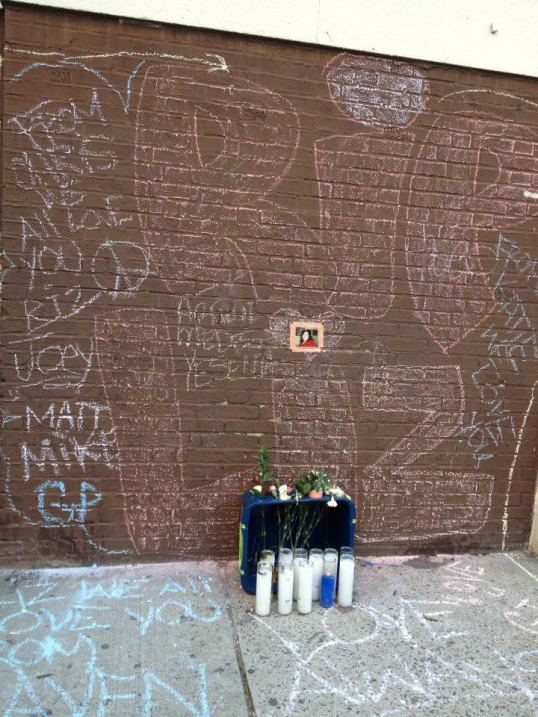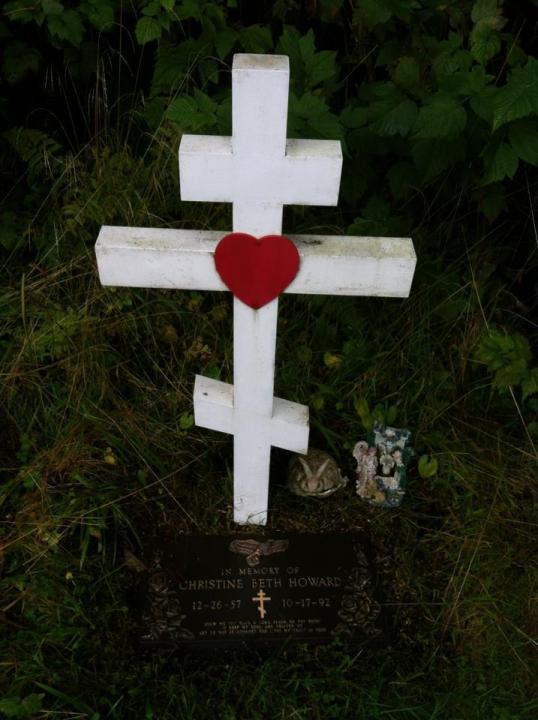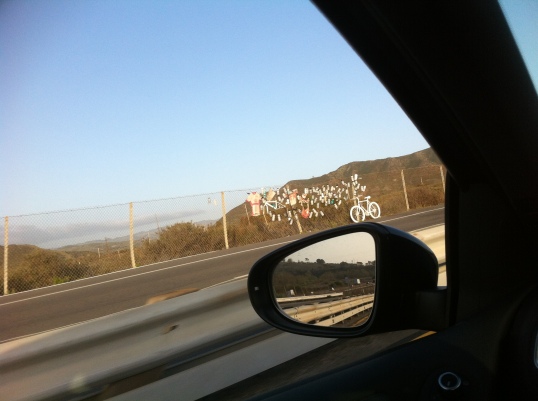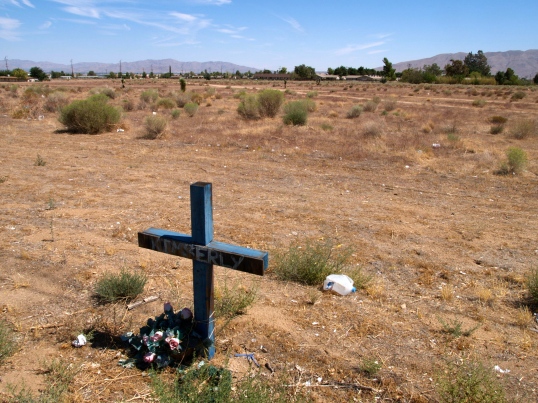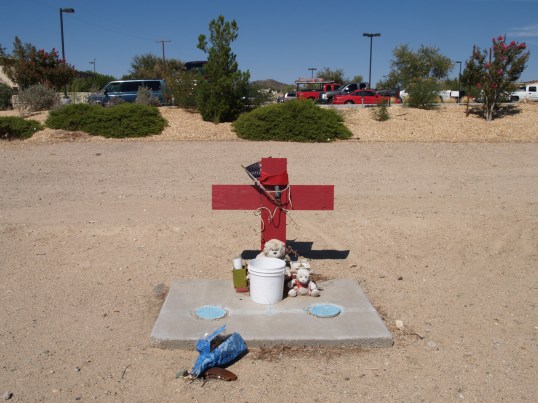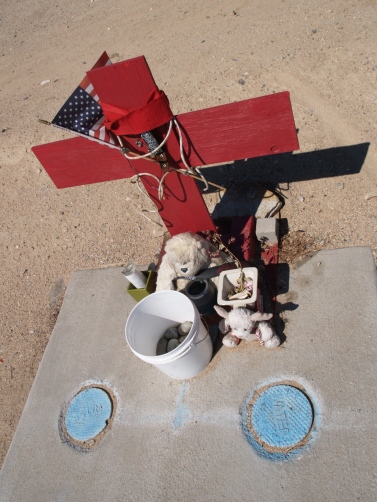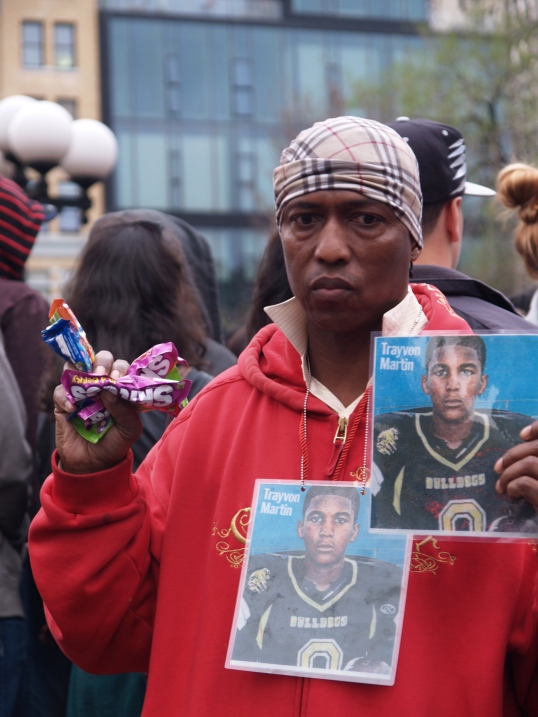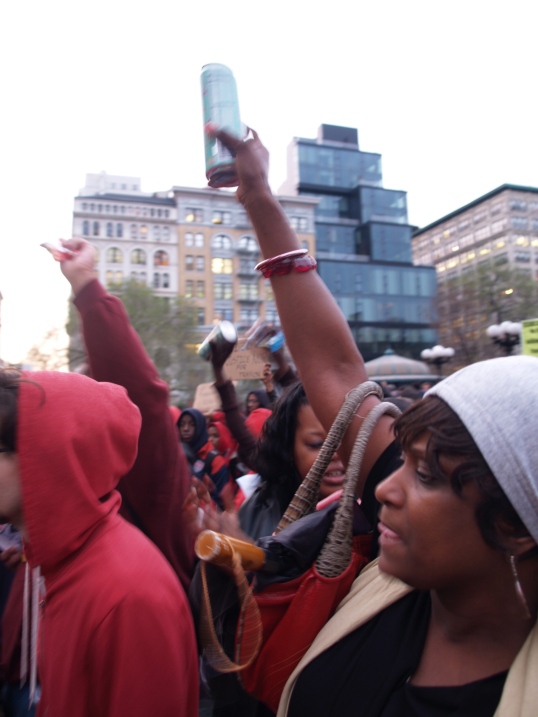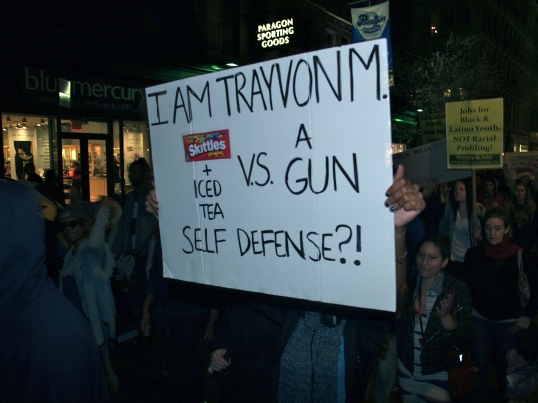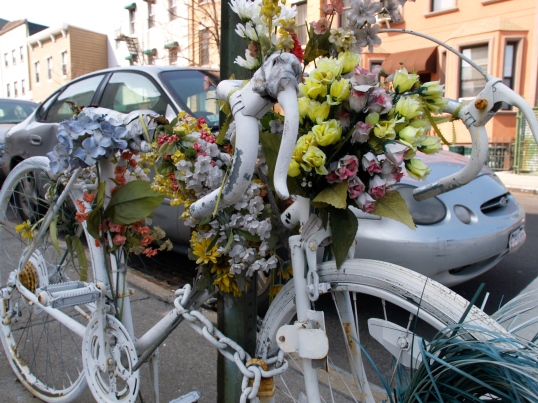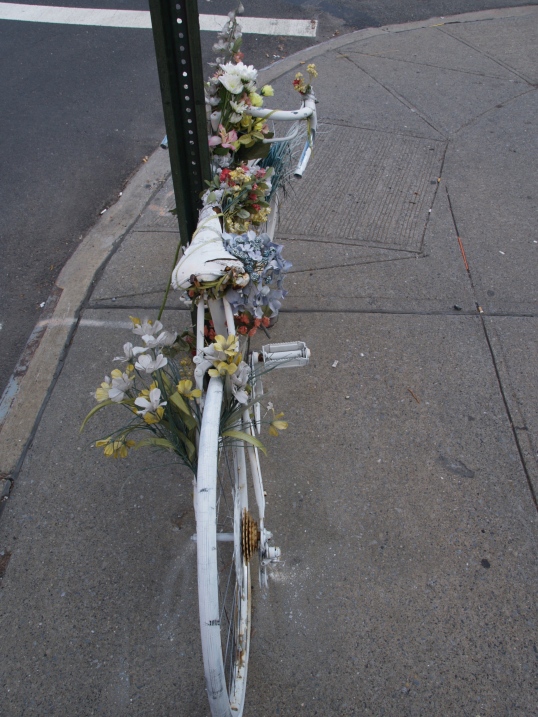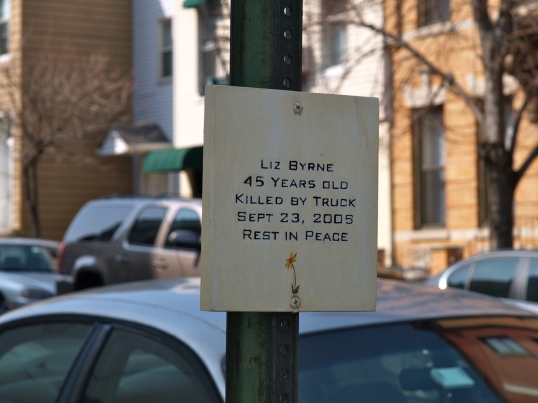Sunday, March 25, 2012 marks the 101st anniversary of the infamous Triangle Shirtwaist Factory Fire, one of the worst industrial tragedies in history.
A fire possibly ignited by a discarded match or cigarette on the 8th floor of the factory caused the deaths of 146 garment workers, mostly young women and girls. After the fire bell rang, many workers were unable to get out of the building due to locked exit doors, narrow hallways, overcrowding, and collapsed fire escapes. As a result, over 40 of them jumped from 8th, 9th, and 10th story windows while many more remained trapped inside.
The incident galvanized support for labor movements and unions as people united to fight for a worker’s right to safe working conditions.
Yesterday, a crowd gathered at Gould Plaza in Lower Manhattan to take part in the annual Procession of 146 Shirtwaists to honor those who lost their lives 101 years ago:

Photo by Shady Grove Oliver
The procession went from the plaza to NYU’s Brown building, formerly the Asch building, on the corner of Washington Place and Greene Street which historically housed the Triangle Waist Factory. There were performers:

Photo by Shady Grove Oliver
…and people carrying shirtwaists with sashes bearing the names of the deceased:

Photo by Shady Grove Oliver
Some of the people in the procession were carrying photos of the workers who died in the fire:

Photo by Shady Grove Oliver
A few of these photo-bearers are related to the workers whose images they carry. Davin Fortuna is the great-great-grand nephew of Daisy Lopez Fitze, who was 26 when she perished in the fire. He is pictured here with his wife, Carolyn Asselta-Fortuna and their photo of Daisy:

Photo by Shady Grove Oliver
When the procession reached its destination, it was met by a crowd comprising labor organizers, members of Workers United, the AFL-CIO, and many more including the Jewish Labor Committee:

Photo by Shady Grove Oliver
…and the New York Committee for Occupational Safety and Health:

Photo by Shady Grove Oliver
There were speakers from these various organizations, along with one woman who spoke about the unsafe and unethical working conditions in the Queens, NY laundry where she is employed. She spoke only in Spanish, with a translator by her side, and called for everyone in the audience to hear her cry for help and stand with the laundry workers to demand better treatment.
Although this is not a spontaneous shrine, it is perhaps the perfect example of memorialization for social justice. I believe it is important to look at memorialization practices outside of the realm of spontaneous shrines to better understand the shrines and this culture of memorialization from which they stem.
People gather here, on this “sacred ground,” to mourn the deaths of others and demand change for the future. The sacred space is carved out of normal space, hallowed by the blood spilled on the ground and the ghosts in the walls–and the ritual is performed by the participants. It begins with the ritual raising of the fire ladder:

Photo by Shady Grove Oliver
The names of the dead are read one by one, in an organized fashion. One flower is placed by the building for each name:

Photo by Shady Grove Oliver
A bell is sounded for each name; the sound rings clear through the air, jarring each person to attention, carving out the aural space, and carrying the name with it to the dead:
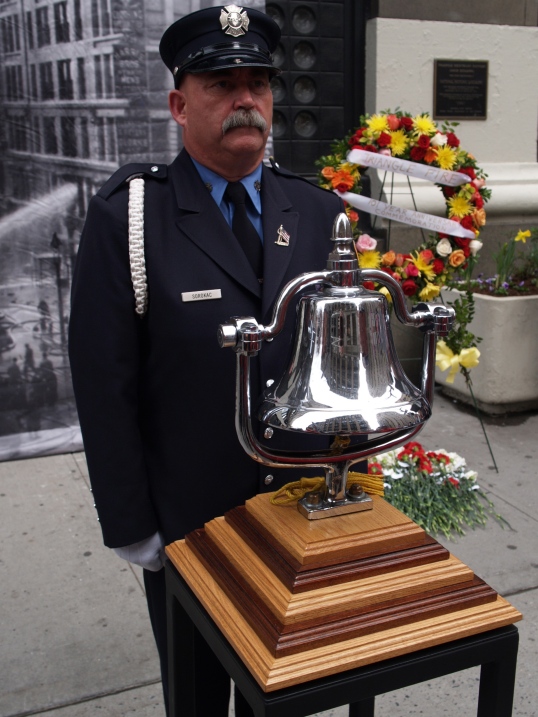
Photo by Shady Grove Oliver
The memorial is personal–for each of the people it is commemorating:
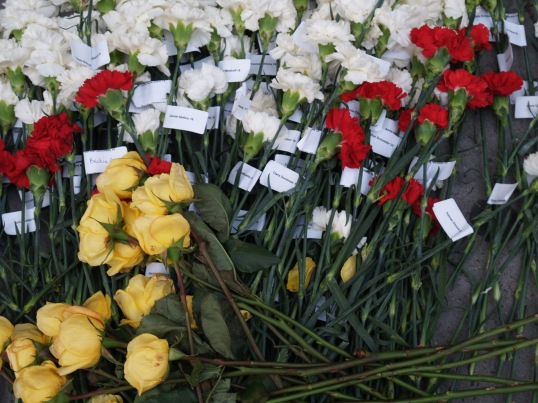
Photo by Shady Grove Oliver
Like many of these community memorializations–and the majority of spontaneous shrines, I believe–while the people to whom the memorials are dedicated may have been of a particular religion, within the space of the ‘memorial ritual’ there are no specific religious practices required and diverse religious and cultural practices are welcomed and accepted, so long as they are done with respect:

Photo by Shady Grove Oliver
The shrines and rituals stand somewhat outside of religion, although they are tied inextricably to it at the same time. The important idea behind these memorials is to not forget, so although different people will remember and honor in different ways, so long as the tragedy does not fade into history and its lessons are not forgotten, everyone is invited to mourn the past and work together for a better future.

Photo by Shady Grove Oliver
For those of you in the New York City area, tomorrow (March 25th–the actual 101st anniversary) the names of the workers will be chalked outside of their historic homes which are located throughout the 5 boroughs and New Jersey. For more information about the chalking project, click here. Additionally, everyone is invited to ring a bell at 4:45 pm (16:45) EST, to commemorate the sounding of the first fire bell.
Posted in
Uncategorized and tagged
community,
death,
life,
local,
memento mori,
memorialization,
news,
photo,
photography,
photos,
pictures,
religion,
sacred space,
social justice,
Triangle Shirtwaist Factory Fire

